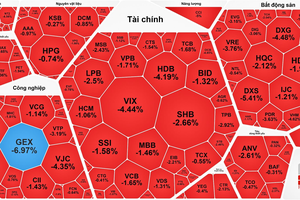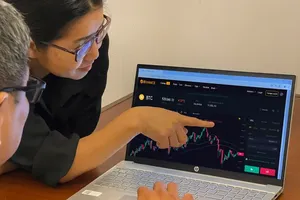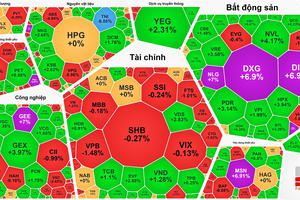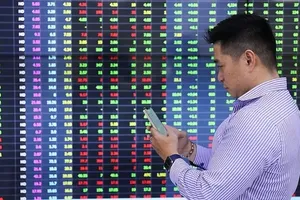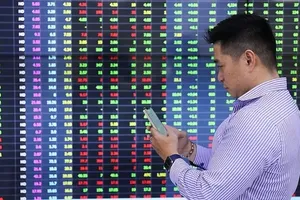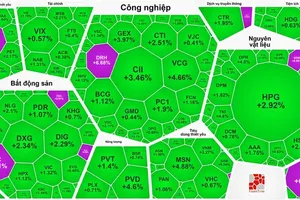 Illustrative photo
Illustrative photo
External factors
The positive recovery of the Vietnamese economy so soon after the Covid-19 pandemic indicates that the decline of the stock market in Vietnam has been caused by negative external factors. The global stock market has been plunging recently, mainly because the US Federal Reserve (FED) has raised the interest rate by half percentage point in March, the first increase since December 2018. The fall of points in the stock markets around the globe is very likely to continue, however, the FED may be expected to cancel plan to raise the interest rates if the US stock market continues to decline.
In addition to the problems in the global stock markets, investors in Vietnam have sold shares related to margin deposits, putting huge pressure on the Vietnamese stock market over the last few weeks. The number of small investors in the stock market have increased by 70 percent over the last twelve months, most of whom tend to be interested in opening margin deposit accounts in the hope of making quick profits only. When the decline of the US stock market and other stock markets around the world activated orders for margin calls, many of these new investors left their buying position. We estimate that the margin deposit balance at stock brokerage companies has dropped by approximately 25 percent , compared to the highest level a few weeks ago.
Together with the situation in which investors have had to sell off their shares caused by orders for margin calls, there has been another factor triggering the sell-off of shares. Some listed companies have taken loans for development of real estate projects or other similar projects, but they have broken their commitment and have spent the loans on the share market. We understand that the Government is trying to prevent the misuse of this capital source, and this is another reason why investors have been forced to sell off their shares.
Investors safe havens
It is obvious that the VN Index is plummeting despite the strong growth of the Vietnamese economy and many fundamental strengths of the stock market. These strengths include an expected P/E ratio of 11.4x, compared to the consensus earnings growth expectation of 21 percent on HoSE stocks this year, and a valuation discount of around 30 percent by comparison with other countries in the same region. In the market, however, there exists a clear division of investment efficiency between different industries, due to the differences in basic factors. This creates opportunities for investors to find safe havens in defensive stocks. In fact, three prominent sectors as safe havens, namely, utilities, non-essential consumer goods, and information technology.
Prices of shares in these sectors have always been on the increase, supported by good results in the first quarter. For instance, profits and prices of shares in the utilities sector are supported by electricity production growth which has risen twofold this year. Shares in the non-essential consumer goods sector are benefiting from ambitious business expansion plans of some key companies. While the price of shares in the information technology sector are being promoted by sharp increase in sales of software outsourcing services.
In addition to the three sectors mentioned above, we should also note that the profits of materials companies have jumped by almost 60 percent compared with the same period last year. This has been pushed by fertilizer companies earning a profit of around eight times more than before. Similarly, profits made by essential consumer goods companies, and finance companies, have gone up by about 45 percent and 30 percent , respectively.




